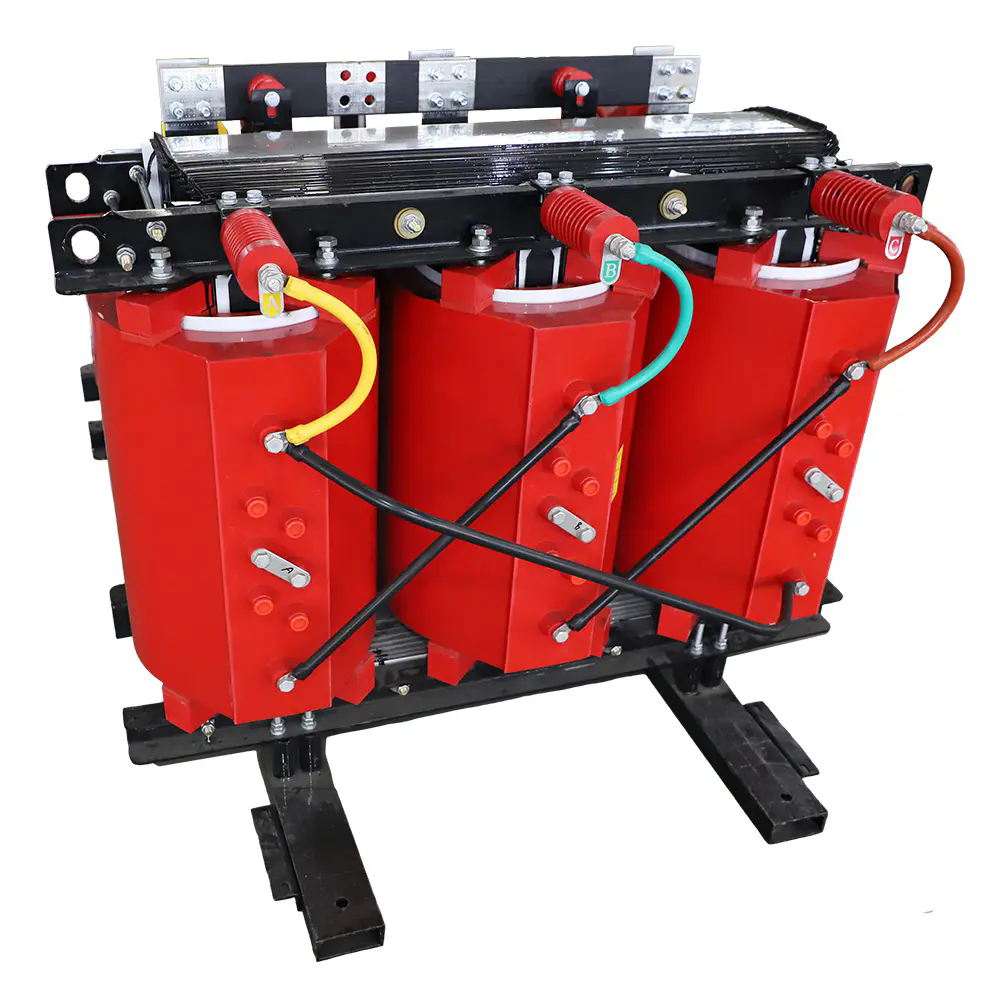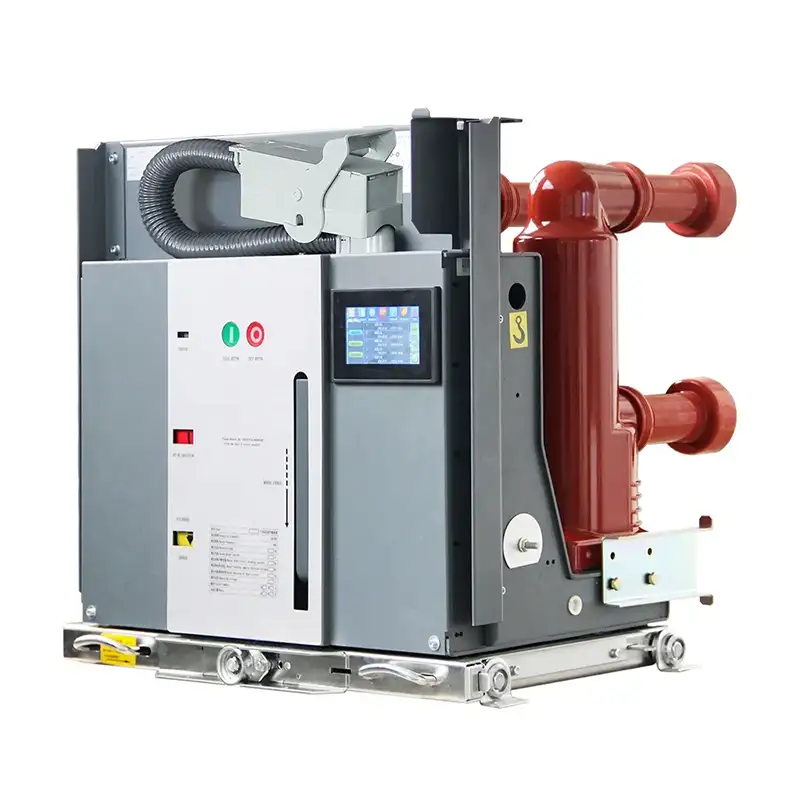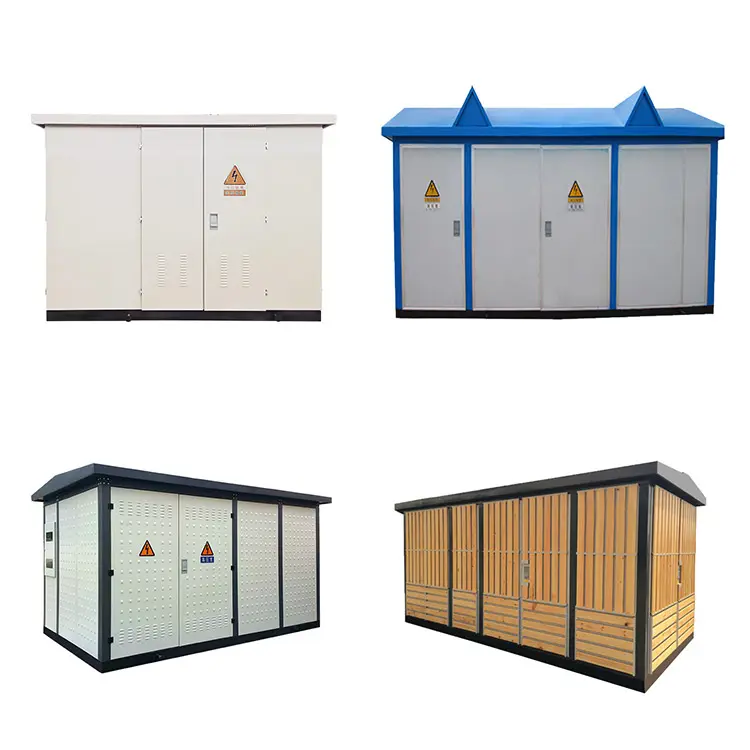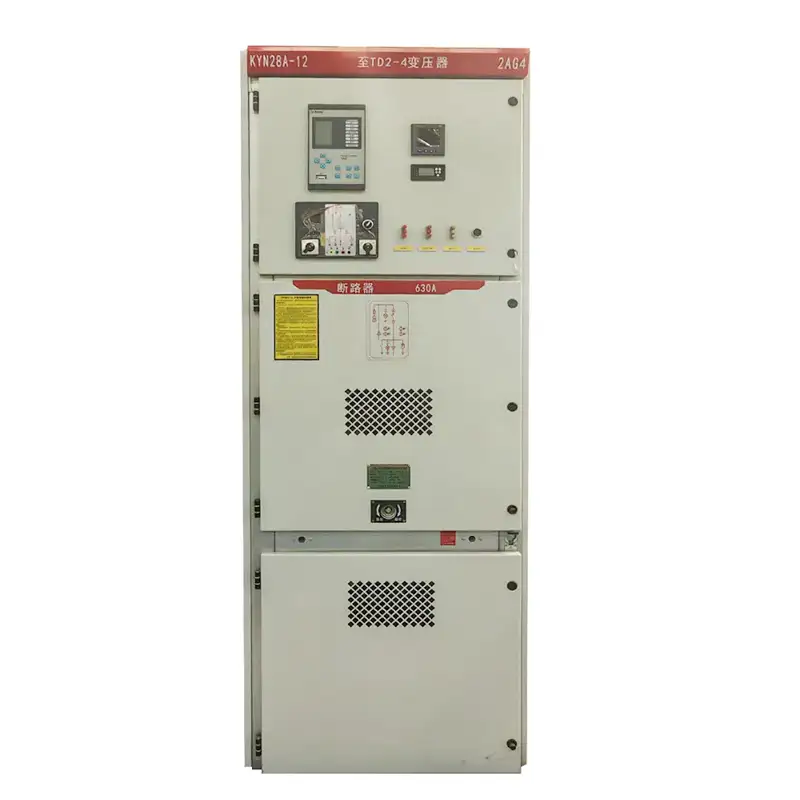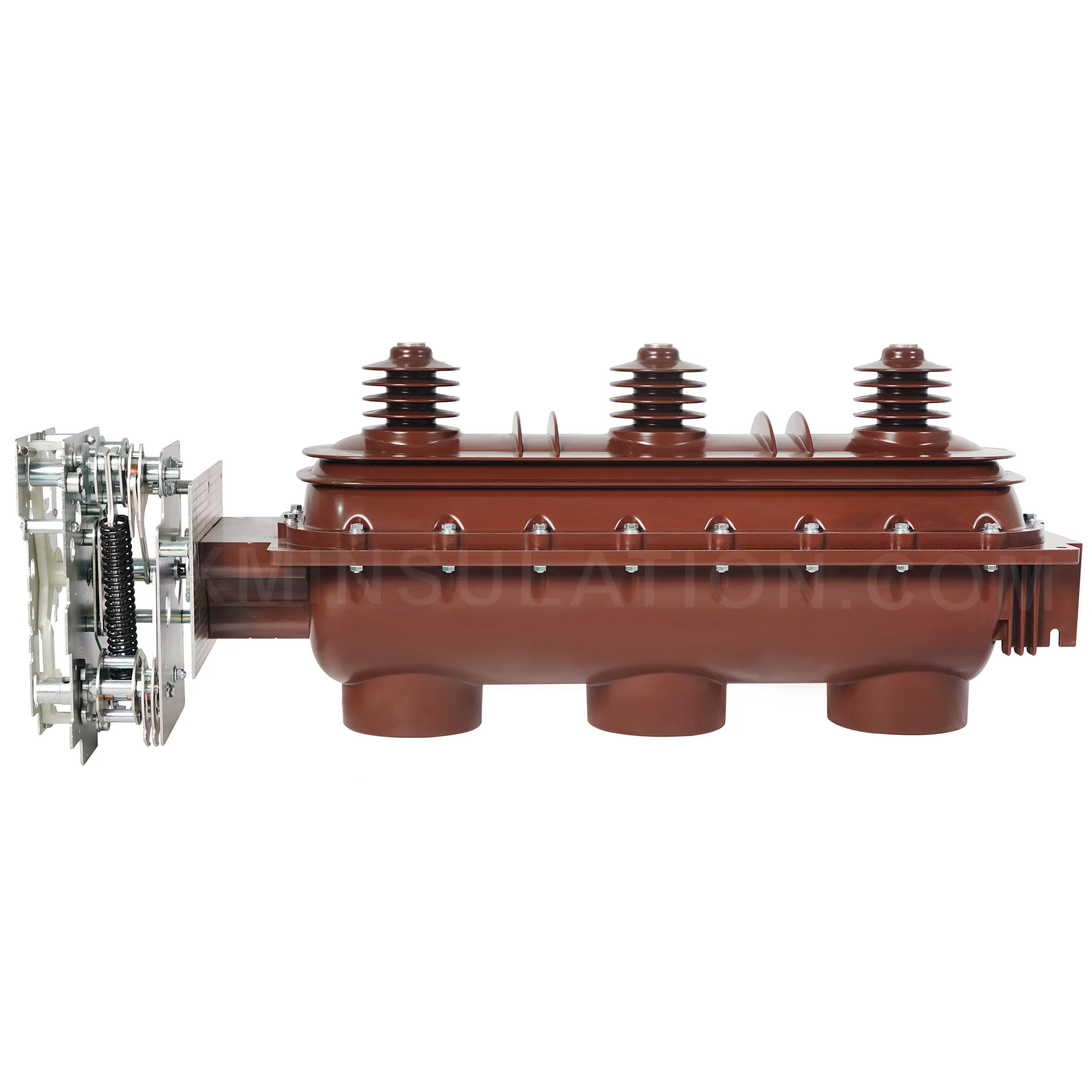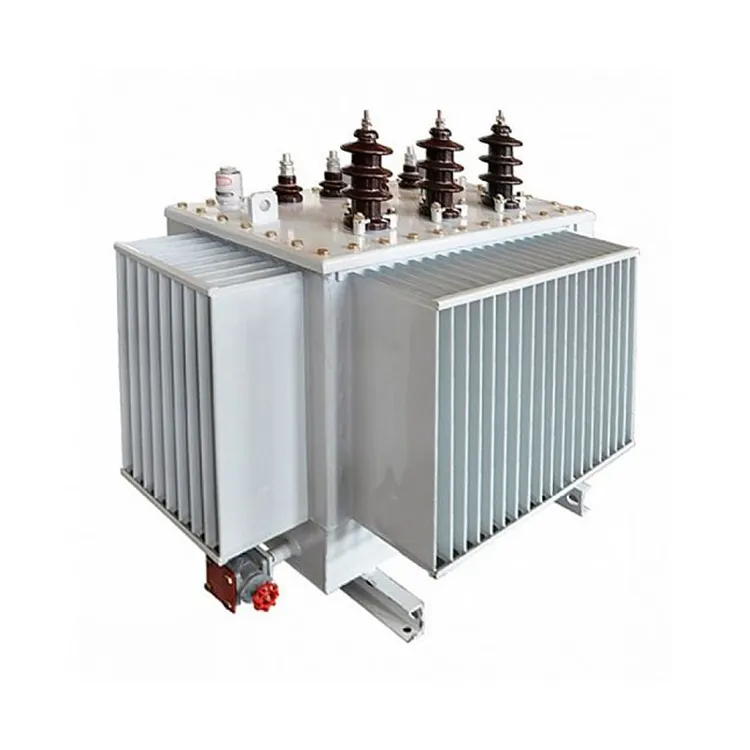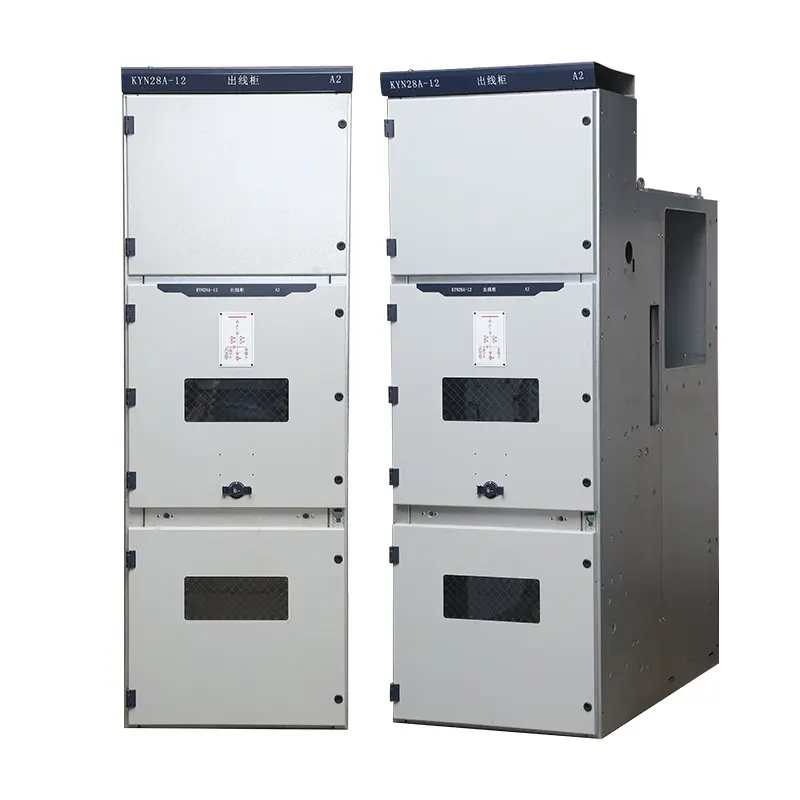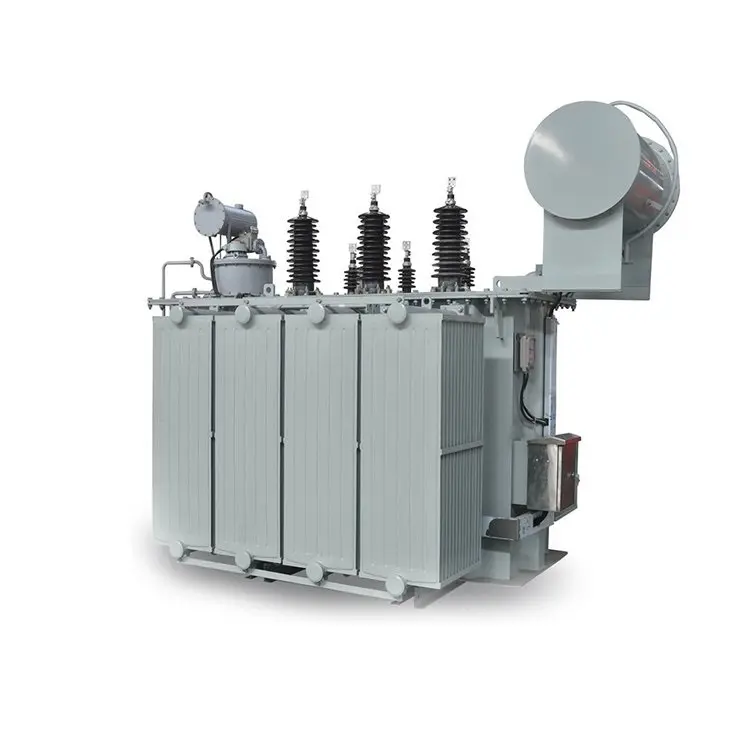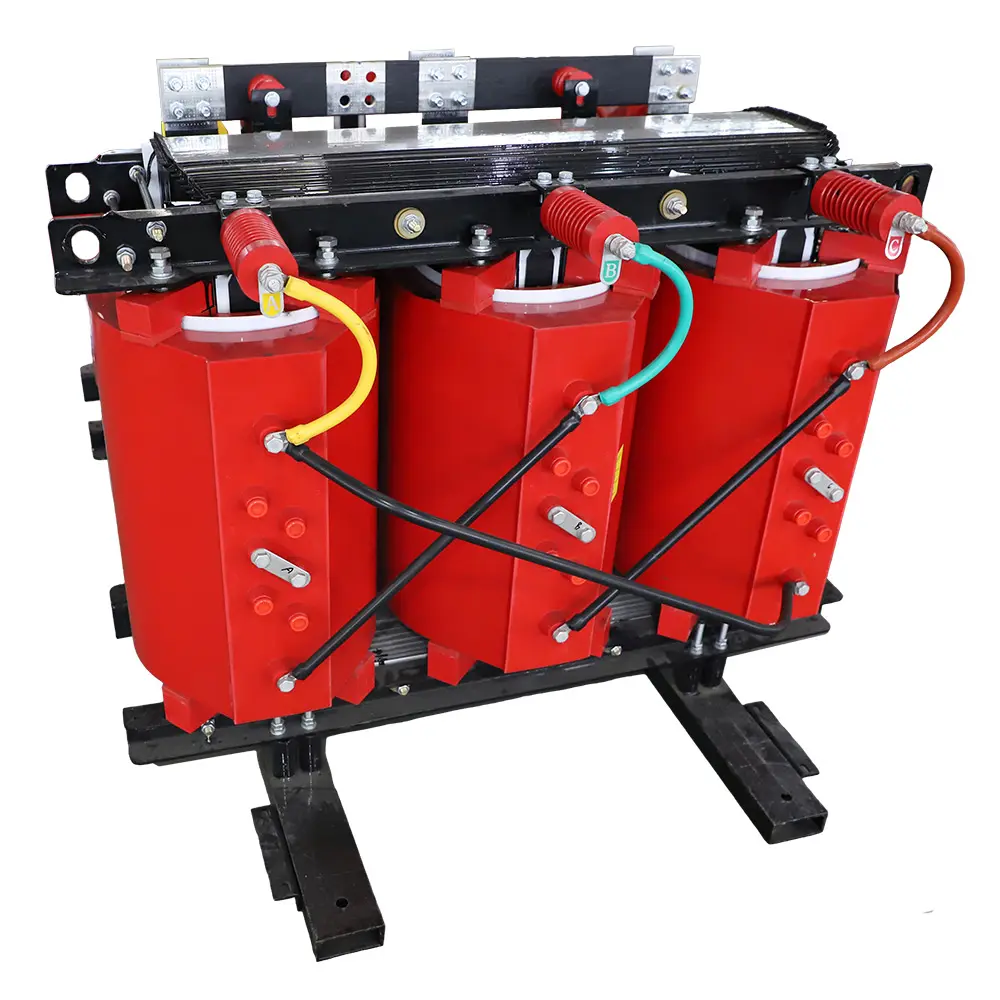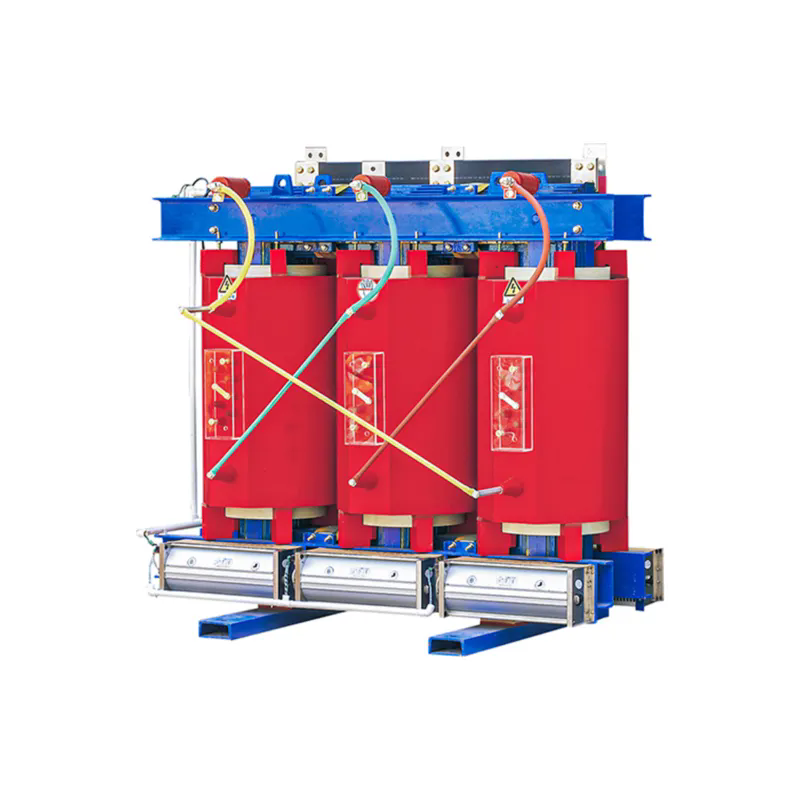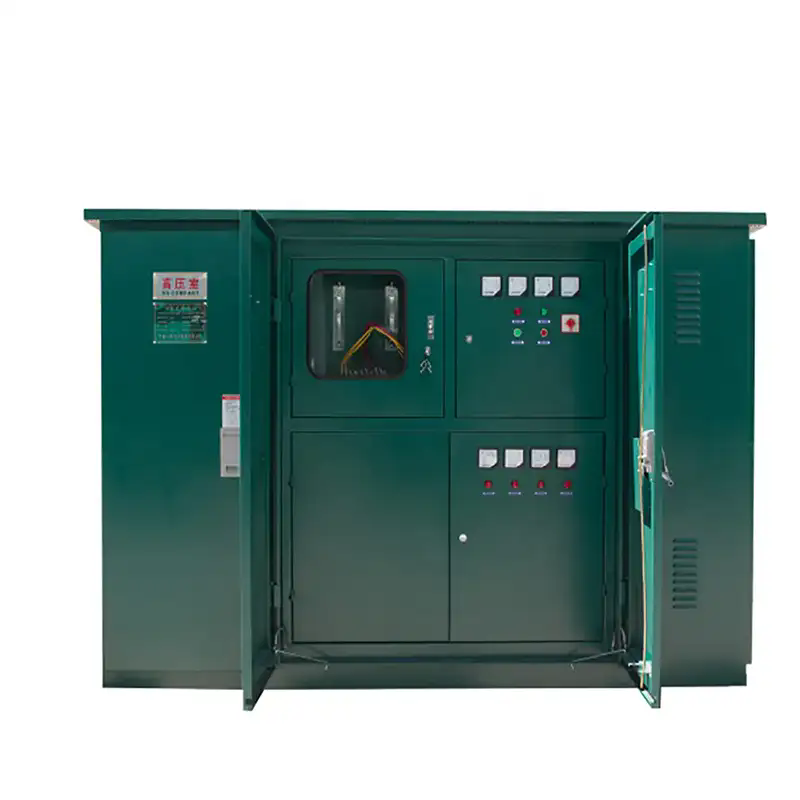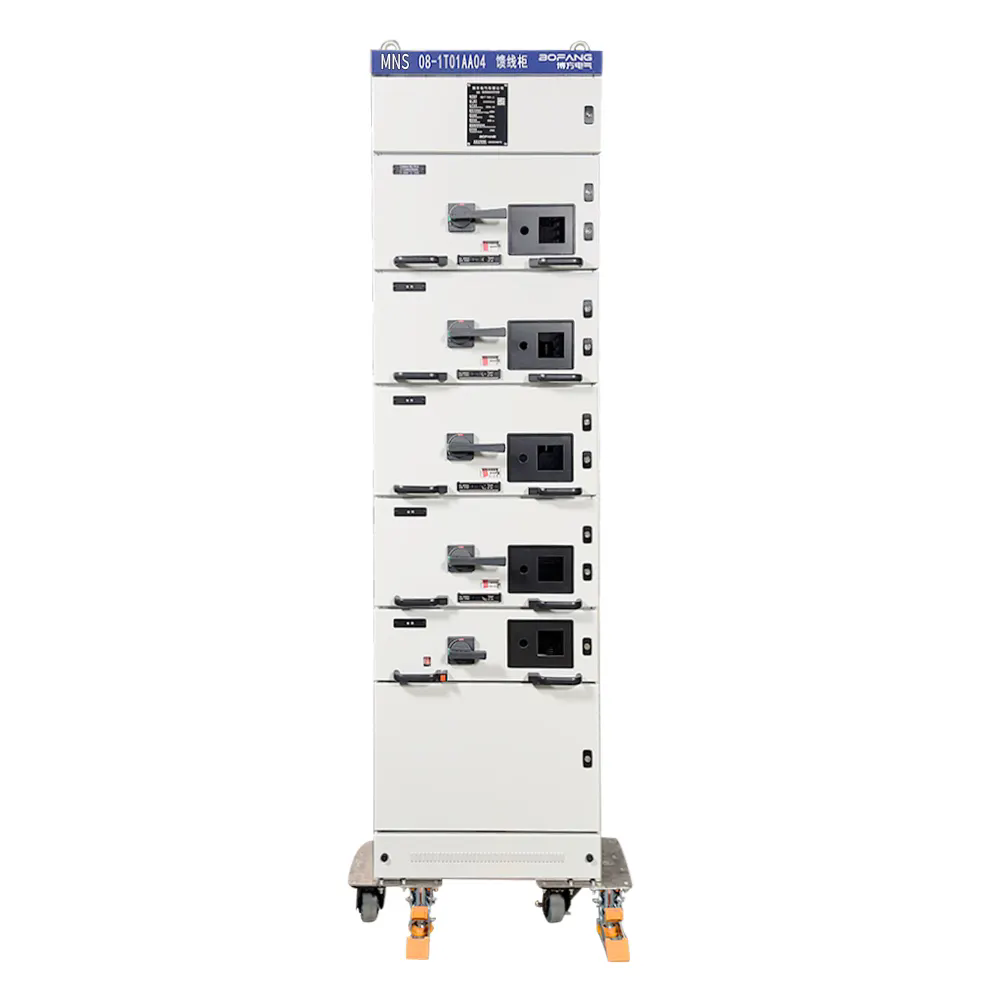What Makes Dry Type Transformers the Choice for Modern Power Systems?
In today’s rapidly developing power distribution landscape, safety, efficiency, and environmental sustainability are key concerns. Traditional oil-immersed transformers, while effective, raise safety and maintenance challenges due to flammable insulation oils and higher cooling requirements. This is where the dry type transformer has emerged as an innovative solution.
A dry type transformer is an electrical transformer where the core and windings are cooled by natural air circulation or forced air, rather than oil. Unlike oil-filled designs, it does not use any liquid for insulation, making it safer for indoor applications, eco-friendly, and easier to maintain. Its growing adoption across industrial, commercial, and residential infrastructures highlights its relevance to today’s energy-conscious world.
Key Benefits at a Glance:
-
Safety: No flammable oil, reducing fire hazards.
-
Eco-Friendly: No risk of oil leakage, safe for the environment.
-
Durability: Resistant to moisture, making it suitable for humid or coastal areas.
-
Low Maintenance: Requires minimal inspection compared to oil-based systems.
-
Energy Efficiency: Designed with optimized core materials to reduce energy loss.
As industries continue to demand reliable and sustainable power distribution systems, the dry type transformer has positioned itself as a cornerstone technology. Its flexibility in both indoor and outdoor applications ensures that it can meet the requirements of modern facilities—from hospitals and shopping malls to high-rise buildings and renewable energy projects.
How Do Dry Type Transformers Work and What Are Their Technical Parameters?
The working principle of a dry type transformer is straightforward yet highly engineered. Electricity passes through primary windings, inducing a magnetic field in the laminated core. This field transfers energy into the secondary windings, stepping voltage up or down as required. Instead of relying on oil to cool the system, dry type transformers use air circulation, and in high-capacity units, forced-air fans are installed to maintain stable operating temperatures.
To provide a clearer understanding, here are the standard product parameters that define a high-quality dry type transformer:
| Parameter | Specification Range | Description |
|---|---|---|
| Rated Power Capacity | 30 kVA – 5000 kVA | Supports a wide range of industrial and commercial loads. |
| Primary Voltage | 6 kV – 35 kV | Suitable for medium-voltage distribution systems. |
| Secondary Voltage | 400 V / 415 V / Customized | Adaptable to customer requirements and regional standards. |
| Insulation Class | F (155°C) / H (180°C) | Provides strong thermal endurance for long-term use. |
| Cooling Method | AN (Air Natural) / AF (Air Forced) | Ensures reliable temperature control under different load conditions. |
| Frequency | 50 Hz / 60 Hz | Designed for global market compatibility. |
| Impedance | 4% – 10% | Improves short-circuit withstand capability. |
| Efficiency | ≥98% | Minimizes energy loss during operation. |
| Noise Level | ≤65 dB | Operates quietly, suitable for indoor environments. |
| Protection Level | IP20 / IP23 | Prevents dust and accidental contact with live parts. |
| Standard Compliance | IEC, ANSI, GB | Manufactured under international electrical safety standards. |
These parameters highlight why dry type transformers are trusted in diverse applications. Their compact size, energy-saving characteristics, and compliance with international standards make them an optimal choice for infrastructure modernization.
Why Are Dry Type Transformers Preferred Across Industries?
The global transition toward safer and greener power distribution has increased the preference for dry type transformers. The following factors explain why industries and utilities choose this technology:
a) Safety First in Urban Environments
Unlike oil-filled transformers, dry type transformers do not pose a fire risk, making them ideal for installations in shopping malls, airports, schools, hospitals, and residential complexes. Their compact footprint allows for placement in basement rooms or near load centers, improving energy distribution efficiency.
b) Environmental Sustainability
Modern construction projects emphasize eco-friendliness. Since dry type transformers eliminate the risk of oil spillage, they are compliant with stringent environmental regulations. They also have recyclable components, aligning with global carbon-reduction initiatives.
c) Durability in Harsh Conditions
Moisture, dust, and pollution often cause failures in traditional systems. Dry type transformers, especially those with epoxy resin insulation, demonstrate excellent resistance to humidity, making them reliable in tropical or coastal climates.
d) Reduced Maintenance Costs
With no oil to monitor or replace, dry type transformers significantly reduce operating costs. Periodic air filter cleaning and winding inspections are sufficient, which lowers downtime and extends service life.
e) Application Versatility
-
Industrial Plants: Stable energy supply for heavy machinery.
-
Renewable Energy Projects: Supports wind and solar farms.
-
Data Centers: Reliable distribution for uninterrupted IT operations.
-
Transport Hubs: Essential for metro stations, airports, and seaports.
-
Healthcare Facilities: Ensures safe and uninterrupted operation of sensitive equipment.
By providing both economic and environmental benefits, dry type transformers are reshaping the future of electrical infrastructure.
What Should You Know Before Choosing a Dry Type Transformer?
Investing in a dry type transformer requires consideration of multiple technical and operational factors. The right selection ensures safety, efficiency, and long-term reliability.
Factors to Consider:
-
Load Capacity: Match the rated kVA to your operational requirements.
-
Operating Environment: For humid or dusty areas, epoxy resin cast transformers offer higher resilience.
-
Cooling Requirements: Choose AN (Air Natural) for standard loads and AF (Air Forced) for heavy-duty conditions.
-
Energy Efficiency: Look for units with ≥98% efficiency to reduce long-term electricity costs.
-
Compliance with Standards: Ensure the transformer meets IEC, ANSI, or GB standards depending on your region.
-
Installation Site: Compact dry type transformers can be placed close to load centers, reducing cable losses.
Frequently Asked Questions
Q1: How long does a dry type transformer typically last?
A high-quality dry type transformer can last 20 to 30 years with minimal maintenance. Regular inspections, cleaning of air ducts, and monitoring of insulation resistance can extend its lifespan even further.
Q2: What makes a dry type transformer more eco-friendly compared to an oil-filled transformer?
Unlike oil-filled units, dry type transformers do not use flammable or pollutant oils. This eliminates the risk of soil and groundwater contamination from leaks. Moreover, many parts are recyclable, making them an environmentally responsible choice for sustainable infrastructure.
As industries and urban centers demand safe, efficient, and eco-conscious energy solutions, dry type transformers are proving to be a leading choice. Their ability to operate safely without flammable oils, coupled with outstanding efficiency and low maintenance needs, makes them indispensable for modern power systems. From data centers to hospitals, their role in ensuring reliable power cannot be overstated.
At SYHF, we are committed to delivering high-performance dry type transformers that align with international standards and customer-specific needs. Our products are engineered for durability, efficiency, and sustainability. If you are considering upgrading your power distribution systems, contact us today to explore how SYHF can support your projects with world-class transformer solutions.
- How can an Electrical Substation become the most reliable asset in my grid?
- How Did I Cut Risk And Cost With An Oil Immersed Transformer Upgrade?
- Which Transformer Derivatives Solve Harmonics At EV Fast Charging Sites?
- How Does a Circuit Breaker Protect Your Power System?
- Are You Using the Right Circuit Breaker for Your Application?
- Why Is the Compact Substation Revolutionizing Modern Power Distribution?

